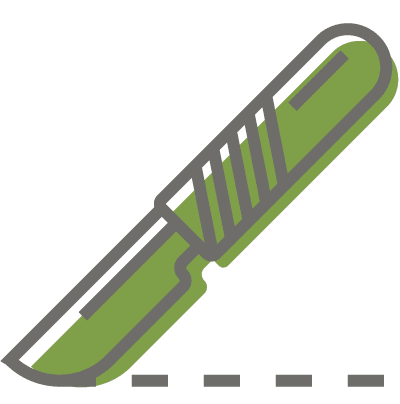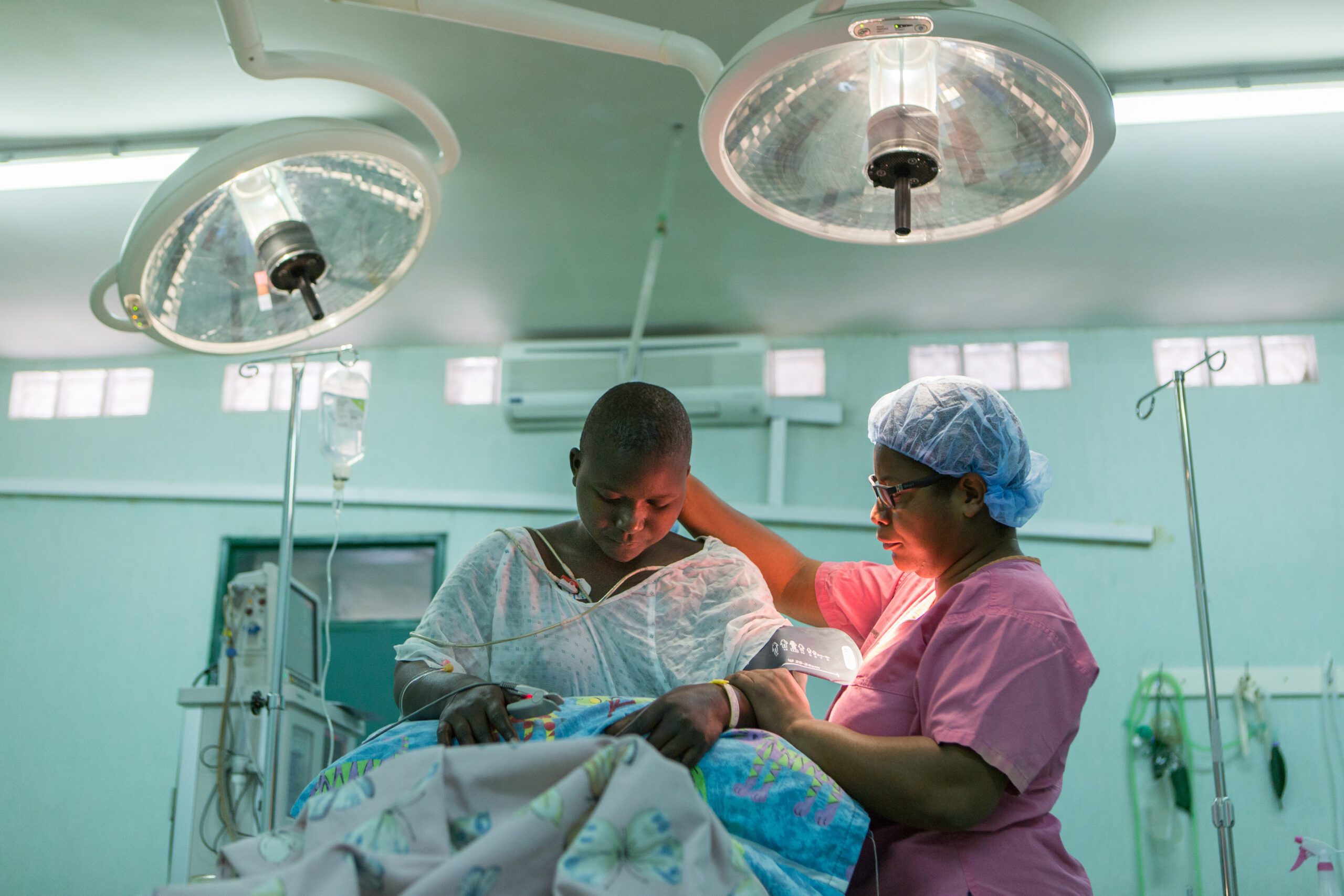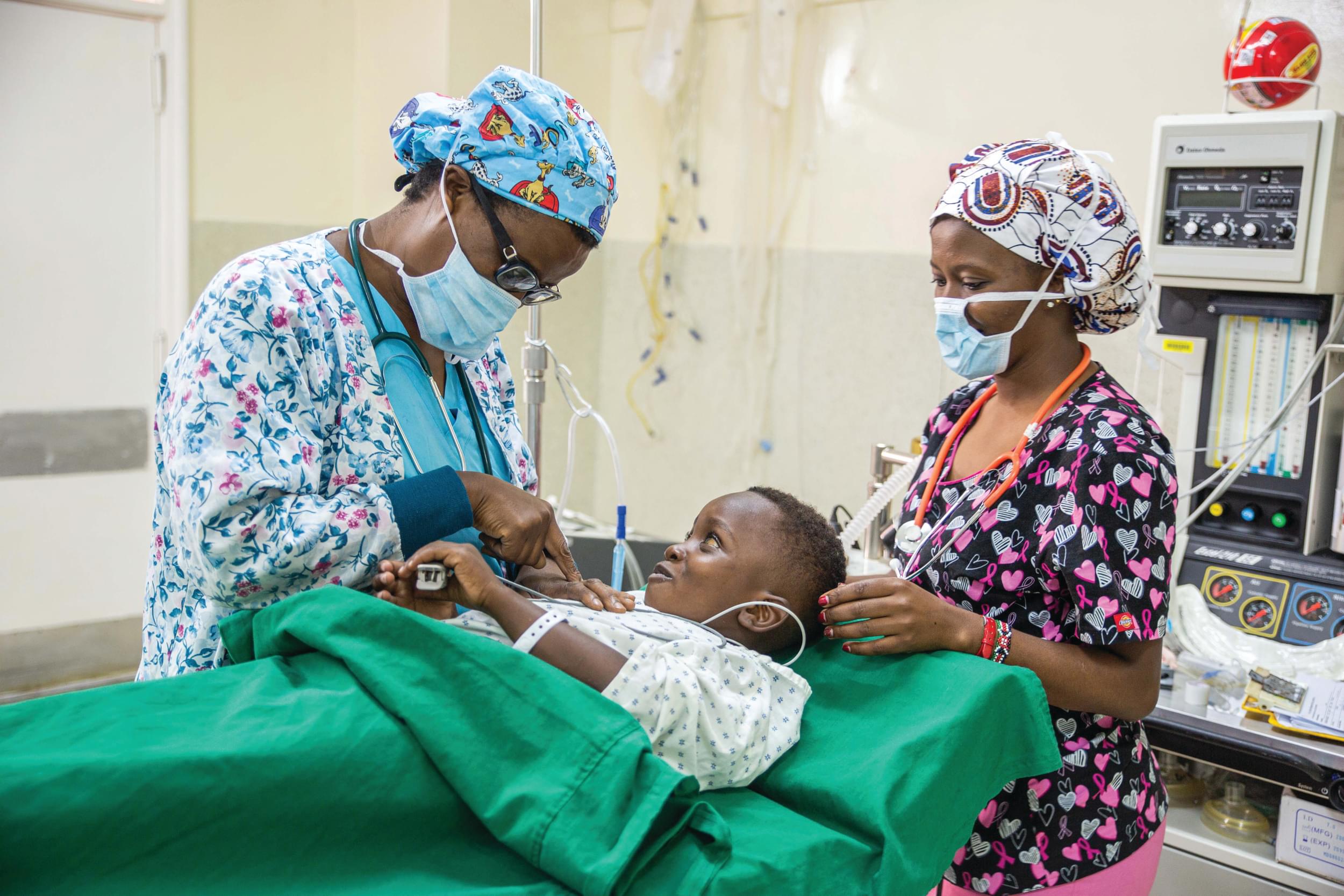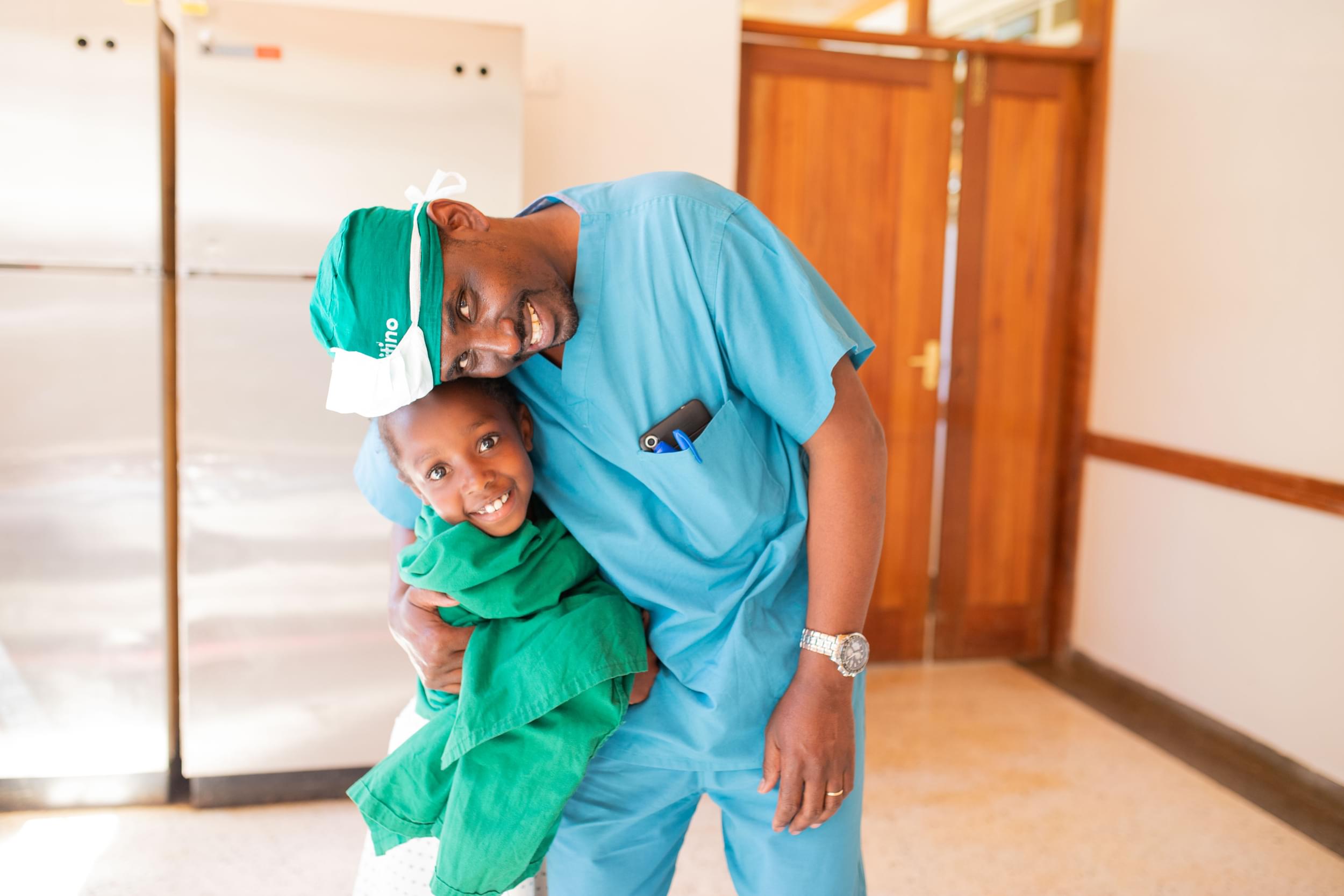Effectiveness of caudal epidural block using bupivacaine with neostgmine for pediatric lower extremity orthopedic surgery in CURE Ethiopia Children’s Hospital
Abstract:
Background: This study was conducted to assess analgesia and side effects of neostgmine administered with
caudal bupivacaine for pediatric lower extremity orthopedic surgeries in routine clinical practice.
Methods: In this blinded effectiveness trial, we studied 86 children aged 1-12 years undergoing lower extremity orthopedic surgeries. After induction of general anesthesia, 43 children in Group-B received 1 ml/kg of 0.25% bupivacaine and the other 43 in Group-BN received 1 ml/kg of 0.25% bupivacaine with 2.5 mic/kg neostgmine caudally. Demographic data, hemodynamic data before and after caudal, ASA status, duration of general anesthesia, duration of surgery, episode of post-operative nausea and vomiting (PONV), frequency of rescue analgesics per 24 hour, pain score and sedation score were recorded. Analgesic duration was defined as time from caudal injection to first rescue analgesic administration. Mann-Whitney test to compare median values and chi-square test for nominal data were used. A value “P<0.05” was considered as statistically significant.
Result: The median analgesic duration in Group-B was 5.8 ± 2.3 hr and 8.7 ± 5.3 hrs in Group-BN (p=0.003). Number of patients who required rescue analgesic drug doses within 24 hr twice, four times and more than four times were significantly different among the groups (p<0.05). There was no difference among the groups regarding pain and sedation scores. The PONV incidence was observed in Group-B (4.6%) and Group-BN (13.9%) which is not statistically significant (p>0.05) across the groups.
Conclusion: In routine clinical practice, addition of neostgmine to caudally administered bupivacaine prolongs analgesic duration without significant difference in PONV. It also decreases rescue analgesic consumption within 24 hours.






















